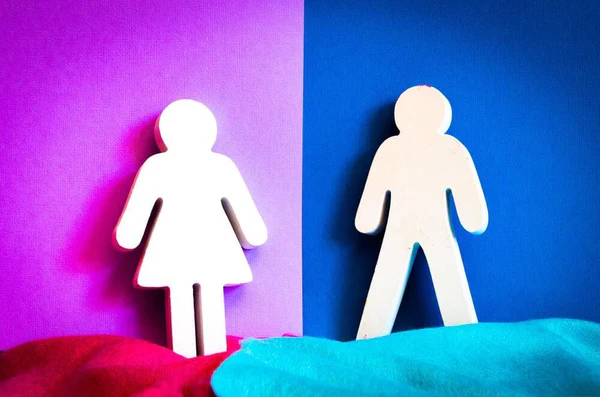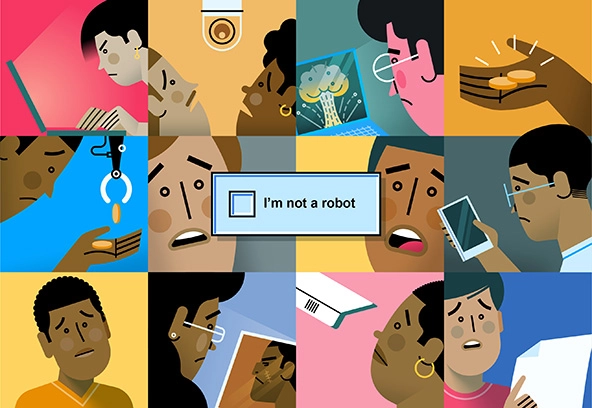Gendered Clothing and its Impact on Our Society
When you imagine a fancy event, such as Prom, what outfits do you picture the people wearing? Almost everyone’s minds will go to men in suits, and women in dresses, but why is that? For hundreds of years, our society has been putting social restrictions on what is acceptable for certain genders to wear. This way of thinking has persisted, even when other unsavory traditions have been thrown out.
Society cares so much about clothing, and the answer as to why can be traced back to a number of factors. One is that people feel so much pressure to be like everyone else, and don’t want to stand out for fear of what could happen. Another is the fact that there have always been certain roles expected of everyone, and society feels lost without them. Both of these factors, among others, have evolved into the concepts of femininity versus masculinity.
As shown in this article, by Emanuella Grinberg and Victoria Larned, gender stereotypes have been pushed onto children all around the world. Boys have been taught that they must be strong, without emotion, and always give off the image of masculinity. They are given clothes to appear more “like a man”, and wearing things that appear more feminine is seen as abnormal. Conversely, girlsare taught to be nurturing and to value their appearance over everything else. If a girl wears darker colors or clothes that are seen more as “boy’s clothes”, they’re often considered a tomboy, instead of just a girl who wants to express herself in her own way. For some reason, society as a whole began valuing their perceived gender expressions above personal expression. Putting people, especially children, into boxes and forcing them to conform to presenting either masculine or feminine is incredibly harmful.
In my personal experiences, I have found it difficult to fully express myself because of these pressures. Picking out clothes I really want to wear, clothes I feel comfortable wearing, is often a difficult task because there are so few options. Because society deems suits to be more for men, it took me a long time to find an outfit for Homecoming. Even then, it wasn’t what I pictured. If something is believed to be “unnatural” or “unfit” for a certain gender, it’s hard to find. But, by wearing a suit to school dances, who am I harming? I am not harming a person or any group of people. Instead, I am harming society’s outdated way of thinking. I, and many others, wish to express ourselves in whatever we want. However, expressing yourself outside of the set boundaries of masculinity and femininity is scary to society. If we take away the principles of which they have lived on forever, they believe they will have nothing. Contrary to popular belief, these “principles” have not been around for that long.
By taking these principles away, we are not breaking anything, we are fixing things. As mentioned in this article, by the Save The Children organization, gender stereotypes cause dangerous boundaries to be set, especially for girls. By pushing gendered clothes, we are pushing these stereotypes as well. If we can take away these specified clothes, we can take away the other stereotypes as well, allowing girls and boys to feel more comfortable in not just dressing how they want, but playing how they want and achieving a career that they want. We can fix the way people view gender, giving everyone a chance to feel truly happy in expressing themselves as who they are.
While society will never fully agree with pure self-expression, it’s important to bring the concept into the open. As people begin talking and discussing it more, many will feel more comfortable in being themselves. It’s becoming clearer, through my experiences and the experiences of others, that wearing something simply to conform will only harm you in the long run. It’s always important to dress for you, no matter what is expected.












